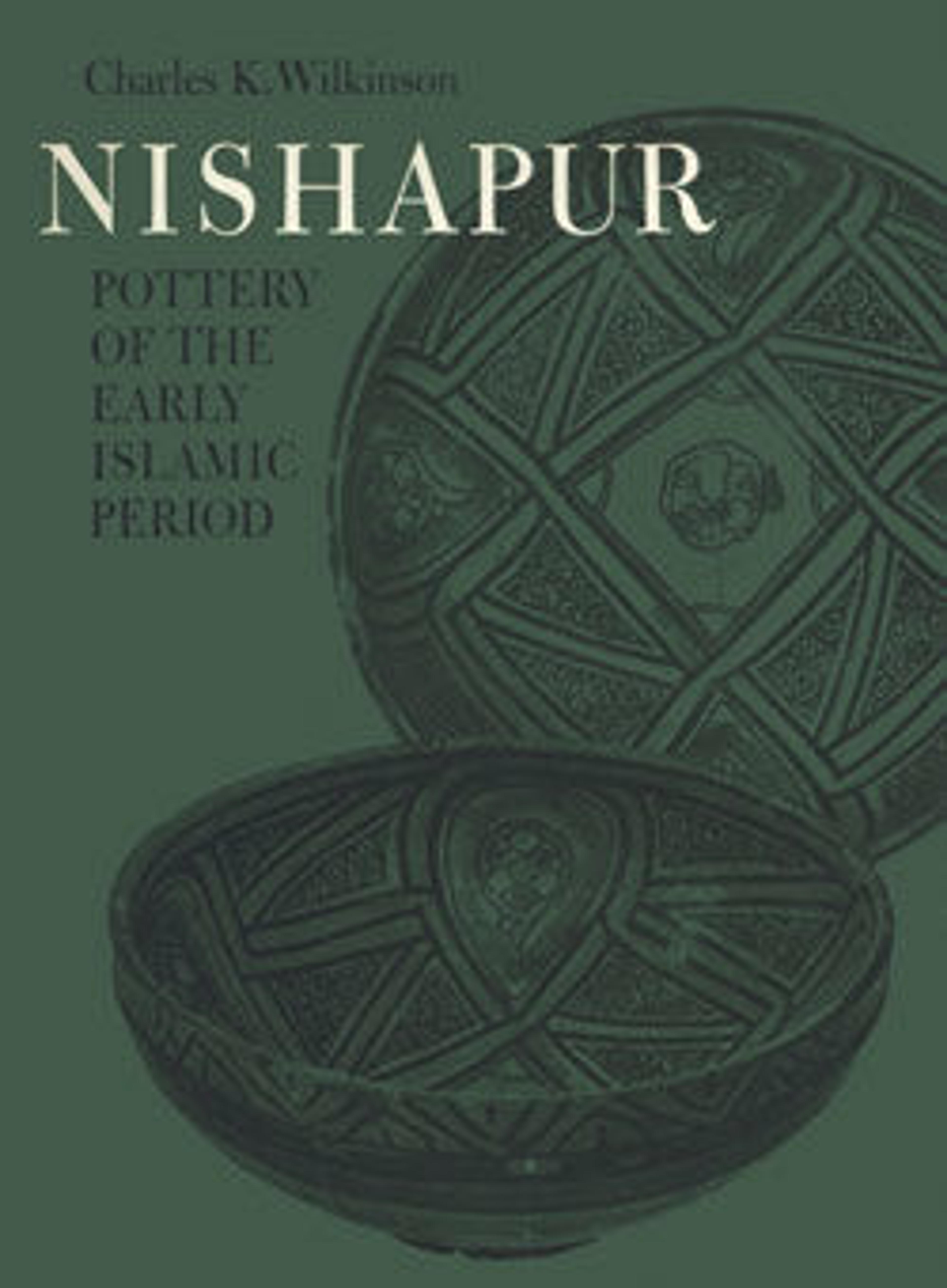Mold
This object was excavated at the site of Tepe Madrasa—a site with the spatial attributes of a mosque and residential buildings that were thought to have originally been a school. One of several similar fragments unearthed at Nishapur, Iran, it likely functioned as a mold. Made of red clay, it features a repeated border decorated with chevrons, palmettes, and small circles. Below the border are two figures whose feet soles meet at the middle of the fragment with their bodies extending in opposite directions; each is draped in checkered fabric with arms and fingers outstretched. The unusual imagery of the mold does not point to a specific use. This object was acquired by the Museum in 1939 through a division of finds with the Iranian government.
Artwork Details
- Title: Mold
- Date: late 9th–early 10th century
- Geography: Excavated in Iran, Nishapur
- Medium: Clay; molded
- Dimensions: H. 2 3/4 in. (7 cm)
W. 2 7/8 in. (7.3 cm)
D. 11/16 in. (1.8 cm) - Classification: Ceramics
- Credit Line: Rogers Fund, 1940
- Object Number: 40.170.171
- Curatorial Department: Islamic Art
More Artwork
Research Resources
The Met provides unparalleled resources for research and welcomes an international community of students and scholars. The Met's Open Access API is where creators and researchers can connect to the The Met collection. Open Access data and public domain images are available for unrestricted commercial and noncommercial use without permission or fee.
To request images under copyright and other restrictions, please use this Image Request form.
Feedback
We continue to research and examine historical and cultural context for objects in The Met collection. If you have comments or questions about this object record, please contact us using the form below. The Museum looks forward to receiving your comments.
